'Their impact endures': Saluting trailblazing Rebel women of Cork
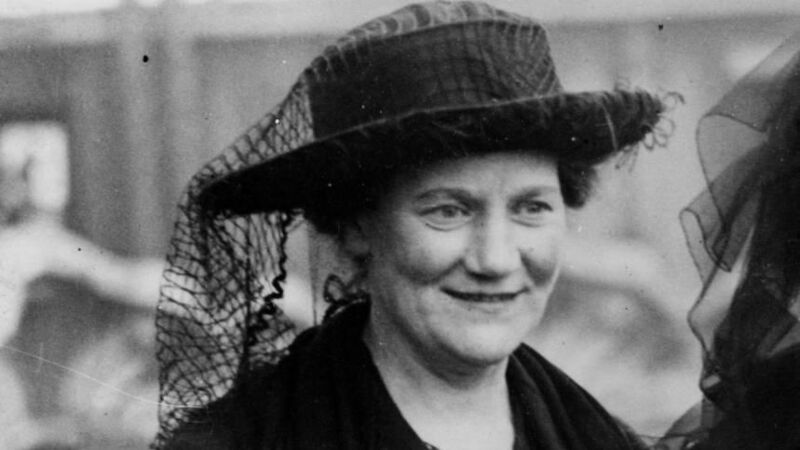
Mary MacSwiney at Mountjoy Prison during her brother Terence’s hunger strike. Picture: Topical Press Agency/Getty Images.
Ireland’s history is packed with revolutionary figures, but what about the women who fought, led, and defied the rules - only to be erased, or dismissed as difficult, hysterical, or worse, forgotten?
These weren’t just supportive wives or quiet activists; they were radical, relentless, and often more uncompromising than their male counterparts. Yet, their names rarely make it into the mainstream narrative.
Why? Because they didn’t fit the mould of what a woman should be.
To mark International Women’s Day on March 8, I decided to explore the lives of some of Cork’s fearless women - trailblazers who risked it all for their beliefs.
Mary MacSwiney, the sister of martyred Lord Mayor Terence MacSwiney, was a formidable figure in Ireland’s fight for independence.
She was born in London and moved to Cork with her family when she was seven.
While Terence, a writer and Sinn Féin Lord Mayor of Cork, inspired leaders like Nehru and Gandhi with his Principles of Freedom (1921), Mary’s political career and sacrifices have been largely overlooked.
She watched her brother die on hunger strike in Brixton Jail in England in 1920, and a new biography by Cork-born historian Leeann Lane sheds light on this trailblazing woman.
Lane says: “Mary MacSwiney’s unwavering rejection of compromise in the Treaty negotiations was deeply shaped by the trauma of witnessing her brother’s death.
“That intimate act of self-sacrifice cemented her belief that it was her duty to uphold his steadfast commitment to a separatist republic.”
While many male anti-Treaty figures - Cathal Brugha, Éamon de Valera, and Harry Boland - have been widely studied, Lane’s work ensures that Mary MacSwiney’s radical and uncompromising legacy is finally given the recognition it deserves.
Margaret Ann Bulkley was also known as Dr James Barry for most of her life.
She was born in Cork in 1789 and was named Margaret Anne at birth, but she became James Barry at age 20 as a route into university in Edinburgh.
Barry’s subsequent progress through the British Army was impressive. She served worldwide over the years, always looking to improve public health conditions, sanitation, and nutrition.
She performed one of the first C-sections survived by both mother and child in Africa, and was ranked as the second highest medical officer in the British Army.
Barry’s secret identity as a woman was revealed after her death, when her instructions that she be buried without an inspection of her body were ignored and a post-mortem examination was performed.
Dublin-born Dorothy Stopford Price was a physician who was key to the elimination of childhood tuberculosis in Ireland by introducing the BCG vaccine. She was known as the ‘rebel doctor’.
In the early 1920s, after graduating as a doctor, Price worked in the Kilbrittain dispensary in West Cork.
Her strong republican beliefs earned her the role of medical officer for a Cork brigade of the IRA.
She also shared her medical expertise by lecturing on first aid to Cumann na mBan members in Kilbrittain, closely connected to the West Cork Brigade and its flying column. In 1923, she joined Dr Kathleen Lynn as house surgeon at St Ultan’s Children’s Hospital in Dublin.
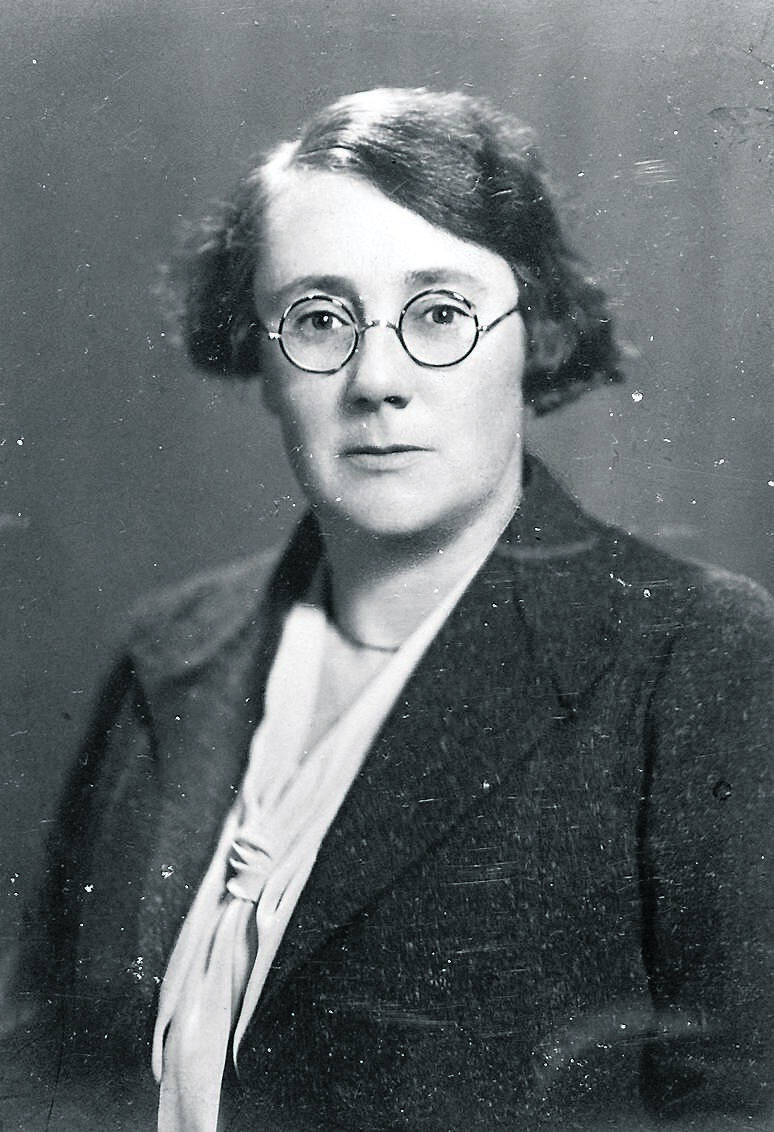
Dr Lynn was the Chief Medical Officer for the Irish Citizen Army, who joined at the request of rebel leader James Connolly during the 1916 Rising. She played a vital role in providing medical care and training Irish Citizen Army members, while also sharing her expertise with Cumann na mBan.
In the 1930s, as TB swept the country, Price began importing and testing the BCG vaccine and campaigning for a nationwide programme. This brought her into conflict with Archbishop of DublinJohn Charles McQuaid, who wanted healthcare to remain under the control of the Catholic Church.
Price eventually was appointed head of the national vaccination programme in 1949. Unfortunately, she suffered a stroke in 1950. She was very much a heroine of the Irish medical system.
Taking a look at a less political angle, Nano Nagle Place in Cork celebrates the life work of Nano Nagle - a true trailblazer from Cork, a woman way ahead of her time.
She was born in 1718 into a wealthy Catholic family. At a time when Catholic education was banned, she secretly travelled to France for schooling and when she returned home, was struck by the extreme poverty around her.
Nagle knew education was the key to change and made it her mission to teach the poorest children in Cork - even when it was illegal to do so.
Challenging the oppressive penal laws of the time, she established secret schools, five for girls and two for boys.
By day, she would visit each school and teach religious education to the children, and by night she tended to the unwell in the laneways and garrets of the city, earning her the nickname, ‘The Lady of the Lantern’.
In 1775, Nagle founded the Presentation Sisters, an order dedicated to education and social justice.
In a letter from Nano Nagle to a Miss Fitzsimmons on July 17, 1769, retained in the Presentation Sisters Congregational Archives, Nagle writes: “I often think my schools will never bring me to heaven, as I only take delight and pleasure in them.”
Her impact didn’t just transform Cork - it spread worldwide, with Presentation schools continuing her work today.
Nagle wasn’t just an educator; she was a revolutionary who proved that one determined woman could change countless lives.
These women’s voices were often silenced, but their impact endures. They were leaders, rebels and change-makers who shaped Ireland’s past.
It’s time to reclaim their stories, because history isn’t just about who wrote it - it’s about who we choose to remember, and these women need to be celebrated for the impact they left behind for future generations.
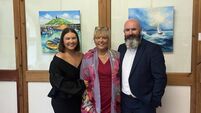
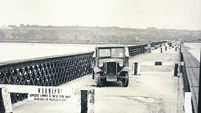

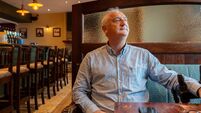



 App?
App?


